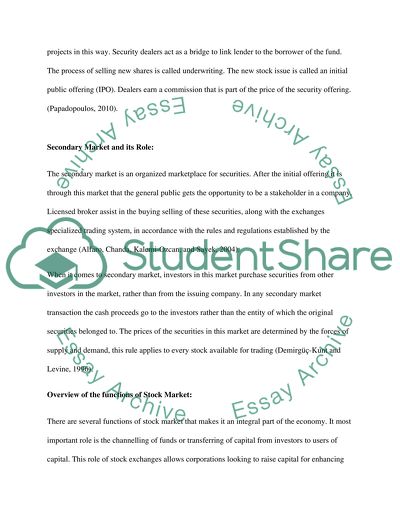Cite this document
(“Role and Functioning of Stock Markets Coursework”, n.d.)
Retrieved from https://studentshare.org/finance-accounting/1396987-role-and-functioning-of-stock-markets
Retrieved from https://studentshare.org/finance-accounting/1396987-role-and-functioning-of-stock-markets
(Role and Functioning of Stock Markets Coursework)
https://studentshare.org/finance-accounting/1396987-role-and-functioning-of-stock-markets.
https://studentshare.org/finance-accounting/1396987-role-and-functioning-of-stock-markets.
“Role and Functioning of Stock Markets Coursework”, n.d. https://studentshare.org/finance-accounting/1396987-role-and-functioning-of-stock-markets.


